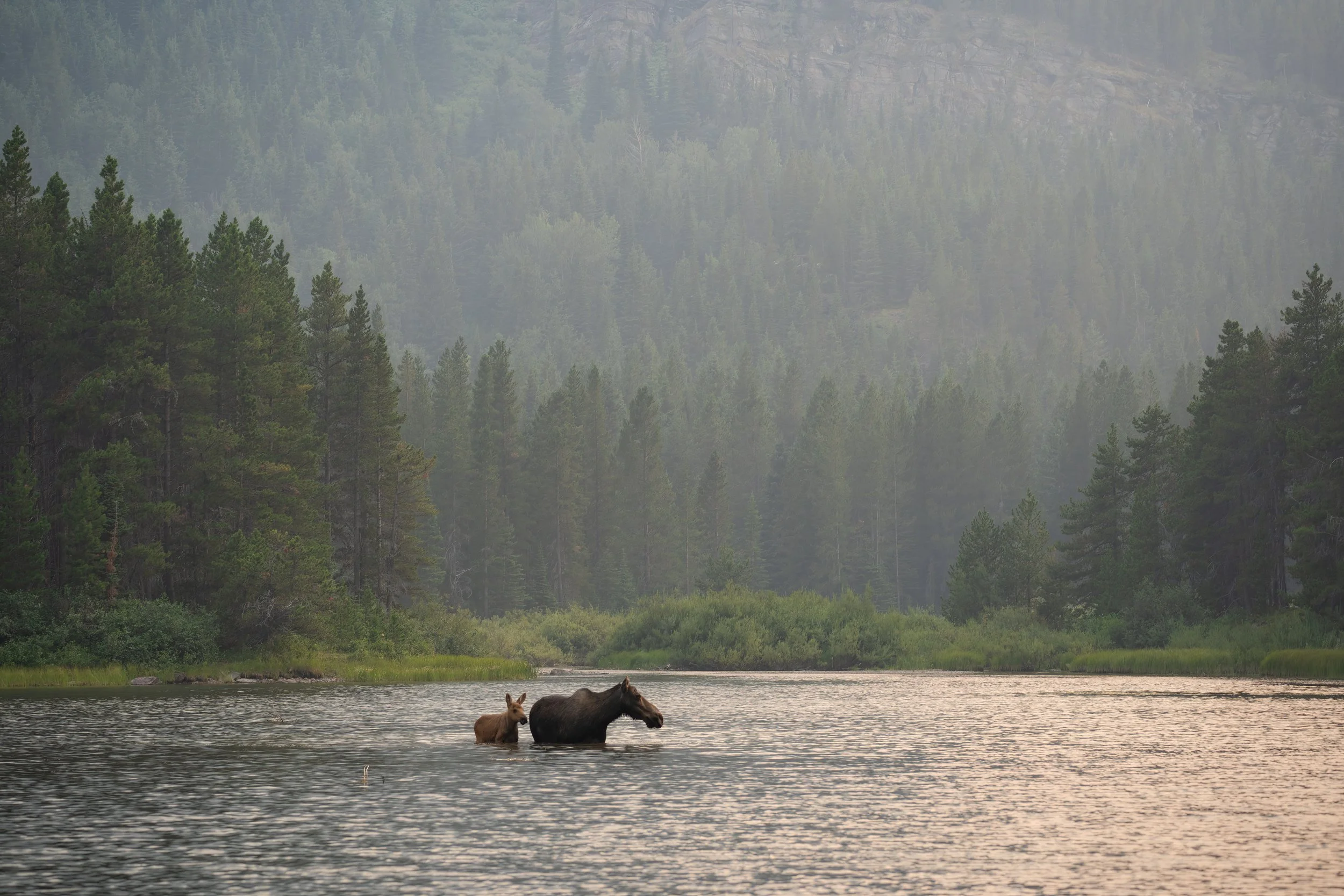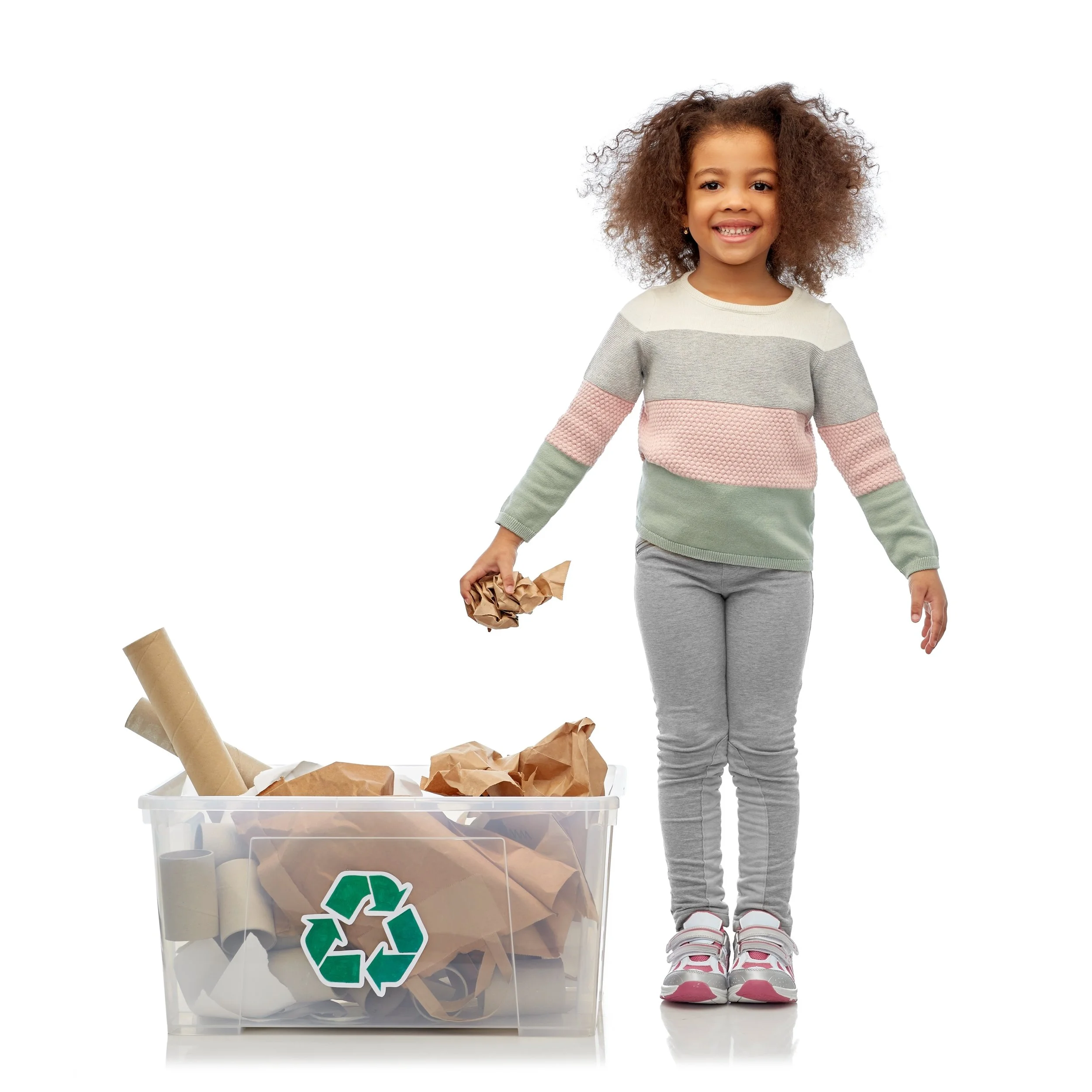The Boreal Forest
The Boreal Forest, where moose live, is a vast, frigid ecosystem that circles Earth’s northern hemisphere. (“Boreal” means north.) Also called Taiga or “snow forest,” it covers 17 percent of the earth’s surface. Most of the Taiga is in Russia (60 percent) and Canada (29 percent).
Besides forests of mostly conifers (trees with seed cones, like spruce, pine and fir), the Taiga has one sixth of Earth’s fresh water in its many lakes, rivers and wetlands.
Many animals live in the Boreal Forest. Adapted to the cold, they include mammals (like beavers, bears, woodland caribou, snowshoe hares, ermine, and voles), birds (ravens, Boreal chickadees), reptiles (garter snakes), amphibians (frogs), various fish, and insects.
In addition, millions of birds migrate to the Taiga each spring to take advantage of the fresh plants, insects, and other food that flourishes during the short summer. About 50 percent of North American songbirds nest and raise their young there before heading to their winter homes in the south.
The Boreal Forest is too cold for agriculture. But in North America, some 600 tribes of indigenous people hunt and forage there. Many are involved in projects to preserve and protect key areas of the forest. In Europe, the most famous boreal residents are reindeer-herding Sami (Laplanders).
Though far from human population centers, the Boreal Forest effects the climate of the whole world. Boreal trees and plants absorb carbon dioxide and exhale oxygen that we breath. Boreal plants and waterways also give off water vapor that rises into the atmosphere, rains on our farms and cities, and builds snowpack for our dry seasons.
Lately, we’ve also come to appreciate the importance of the Boreal Forest in fighting global warming. The carbon dioxide absorbed by the Boreal may be equivalent to the annual emissions of 24 million cars each year. Unfortunately, the world’s appetite for wood products, including paper, is causing the Boreal Forest to be extensively logged. In Canada alone, since 1996, about 28 million acres have been cut down—an area as big as the state of Pennsylvania.
To keep our planet healthy for people and other living creatures, we need to honor and protect the Boreal Forest.
How You Can Help
Every day, more trees in the Boreal Forest are being cut down to make paper goods. Here are some ways you can save trees.
Use less paper: Think twice before printing or xeroxing. And use both sides of each sheet of paper.
Shop green: Help your parents choose paper goods (like napkins, paper towels, toilet paper, tissues, and paper plates) made of recycled material.
Recycling: Put newspapers and used clean paper (no gilt, glitter, or food residue) into recycle bins, so that it can be collected and turned into recycled products.
Speaking up: Kids are powerful! You can promote recycling at school. Older kids can write to a newspaper, ask a question at a town hall, and take part in Earth Day and March for Science rallies. Politicians, like your local congressman and city council, enjoy hearing from kids.
For more on these and other ideas, follow a conservation group like the Wilderness Society www.wilderness.org or Canadian Parks and Wilderness Society (CPAWS) www.cpaws.org

